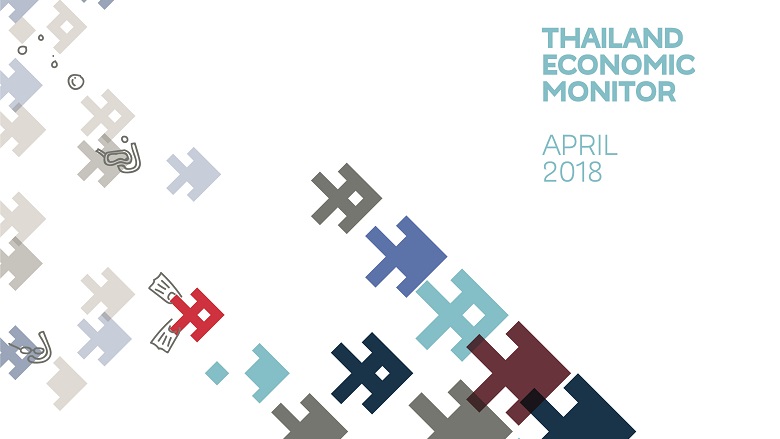Thailand is expected to post 4.1% growth in 2018 as recovery broadens - the highest since 2012.
- Thailand’s economic growth attained 3.9% in 2017 due to external demand - the best growth performance since 2012.
- Consumer confidence increased to its highest level since January 2015. Consumption accounts for close to 50% of GDP in 2017, thus contributing to close to half of aggregate economic growth last year.
- Exports accelerated to 7.5% due to merchandise goods exports and tourism. This reflects a regional trend, as export growth increased across all economies in the region.
- Imports grew by 6.5%, with the largest increases in the import of raw materials and intermediate goods. Capital goods imports grew by 8.6% in 2017, reflecting a rise in machinery and equipment imports, which is a leading indicator for increased private investment activity in 2018.
- Public investment decelerated in 2017 due to approval delays and inclement weather. Accelerating implementation of large projects, especially those under the Transportation Action Plan, will be critical to strengthening the economic recovery in 2018 through 2019. Continued reform momentum in skills and education, public investment management, and services will be critical for raising Thailand’s long-term growth path above 4.0 percent.
Thailand’s long-term growth prospects rest on innovation, yet it is an example of an emerging market facing the innovation paradox; returns to investments in technology are high but actual investments are low.
- Long-term growth prospects rest on productivity as labor accumulation and capital expansion will inevitably diminish in the context of Thailand’s rapidly aging society.
- Transitioning to a high-income innovation-based economy requires investment in not only innovation inputs, but also complementary factors that provide the right incentives for investing in innovation. Key areas for Thailand include: competition policy, services liberalization, big data, a skilled workforce, and intellectual property rights. Strong implementation will be key as innovation is a long-term risky endeavor.
- Developing countries do not make large investments in innovation, and also invest far less in every type of innovation than advanced countries do. Thailand lags behind China and Malaysia in both innovation inputs and outputs, yet boasts higher innovation efficiency than Malaysia and Indonesia.
